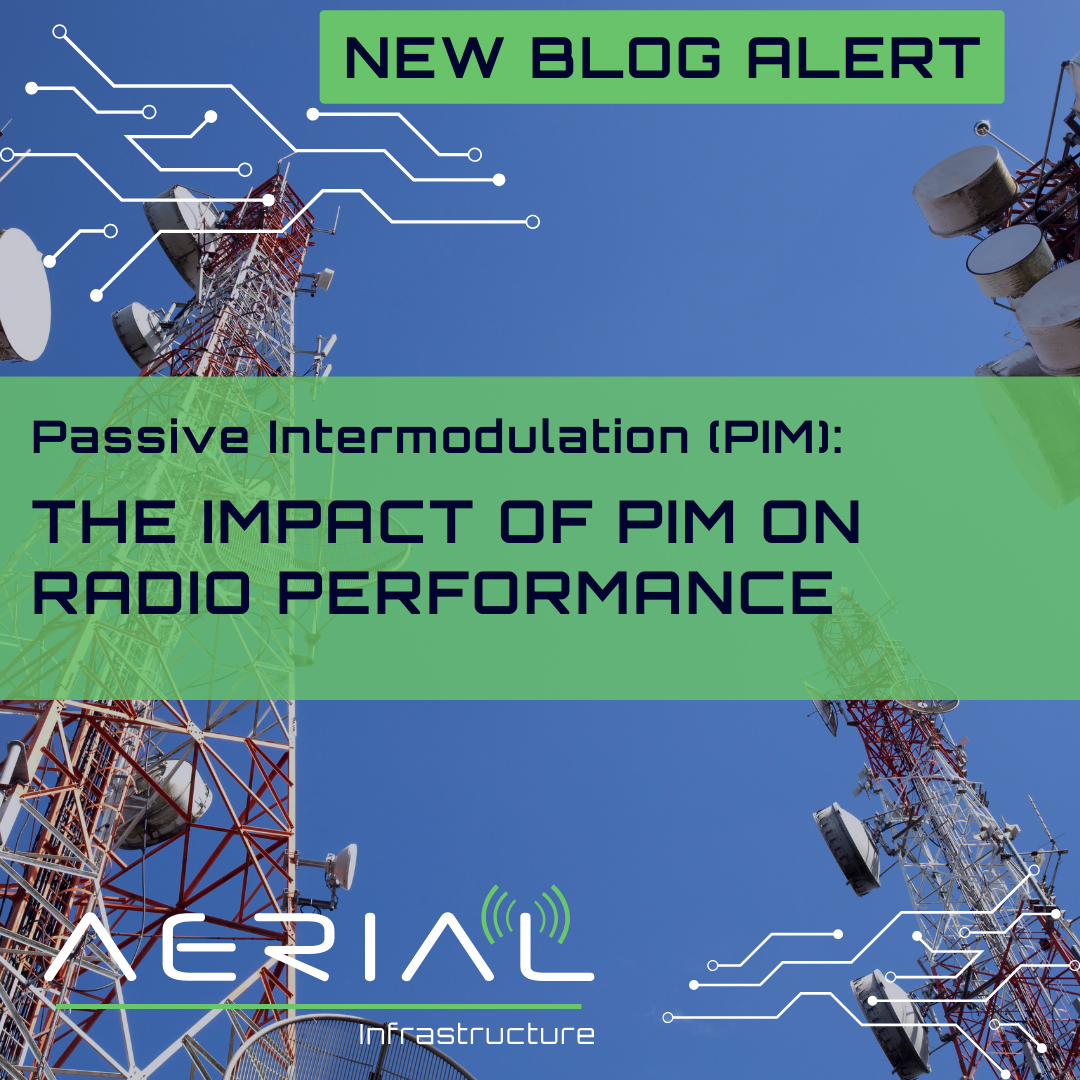
The Impact of Passive Intermodulation (PIM) on Radio Performance
Passive Intermodulation (PIM) is a critical issue that can significantly impact radio performance, making it a topic of utmost importance for RF and Network Operations Directors and Managers. In this blog post, we delve into the intricacies of PIM and explore its implications on radio communication. Whether you are a seasoned professional or new to the field, this introduction will captivate your attention and set the stage for an enlightening discussion on optimizing radio performance and mitigating the detrimental effects of PIM.
Passive Intermodulation (PIM) is a phenomenon that occurs in passive components of a radio frequency (RF) system, such as antennas, connectors, and transmission lines. It refers to the generation of unwanted signals at different frequencies due to the nonlinear mixing of multiple RF signals.
PIM can have a significant impact on the performance of RF systems, particularly in wireless communication networks. It can result in interference and degrade the quality of the communication signal, leading to reduced coverage, dropped calls, reduced data rates, and overall poor network performance.
Several factors contribute to the occurrence of PIM, including loose or corroded connectors, poorly designed or manufactured components, and external influences such as temperature variations and rusted material on rooftops. PIM can be particularly problematic in high-power RF systems, where the nonlinearities are more pronounced.
The importance of managing PIM in RF systems cannot be overstated. By minimizing or eliminating PIM, network operators can ensure optimal performance, reliable connectivity, and high-quality communication services. This is especially critical in sectors such as telecommunications, where maintaining a robust and reliable network is crucial for customer satisfaction and business success.
At Aerial, we follow several best practices. These include using high-quality components with low PIM ratings, ensuring tight and clean connections, implementing proper grounding techniques, and conducting regular maintenance and inspections. Additionally, PIM testing should be performed during the installation and commissioning of RF systems to identify and rectify any issues before they impact network performance. Often, we find PIM issues arise when a second carrier is added to support capacity.





